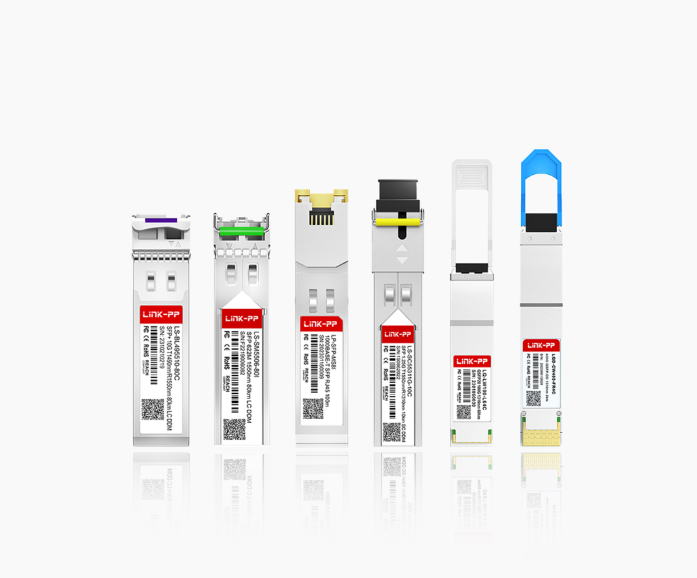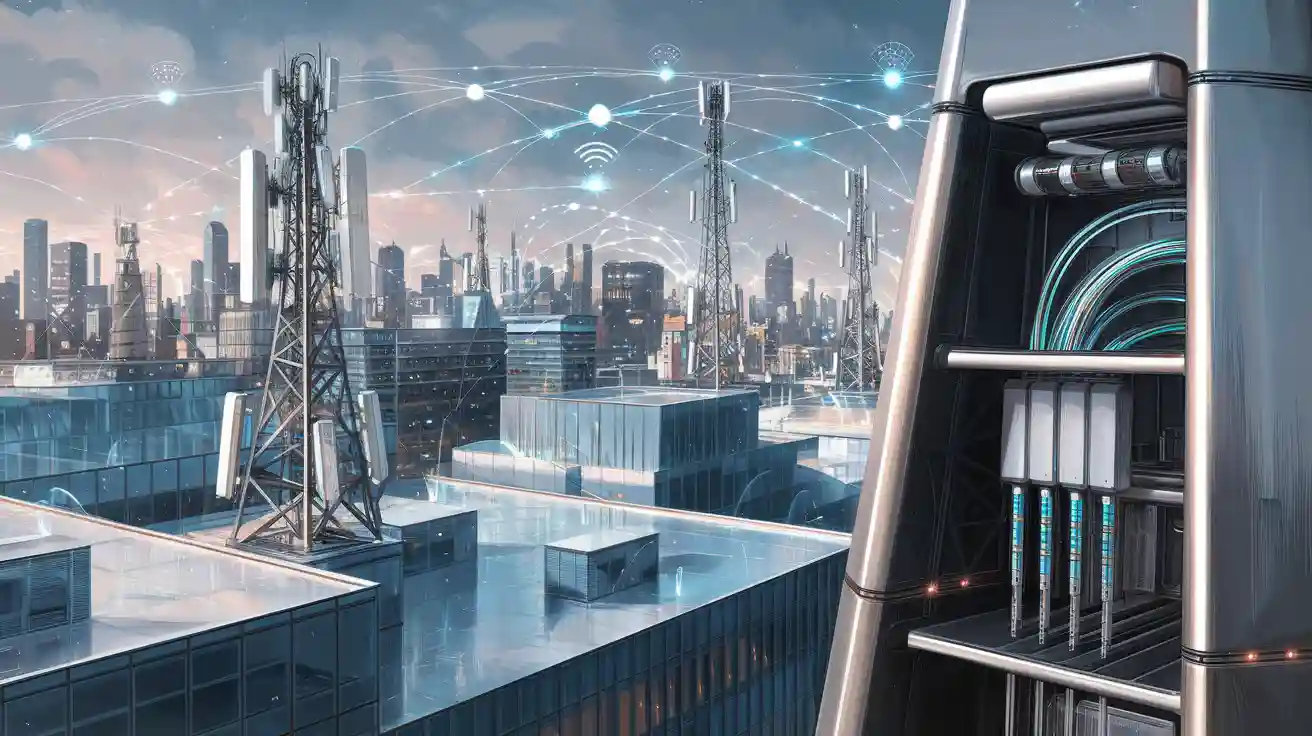
5G backhaul links 5G cell sites to the main network. This connection moves lots of data fast and without problems. If backhaul is weak, 5G cannot be fast or have low delay. More people use 5G and IoT devices every year. So, the need for 5G backhaul keeps growing.
The table below shows how 5G backhaul needs are rising as 2025 gets closer:
Metric | Value | Year/Period |
|---|---|---|
5G Subscriptions | ~850 million | 2025 |
IoT Devices (LTE-M and NB-IoT) | 376 million to 4.2 billion | 2017 to 2025 |
Mobile Data Traffic Growth (CAGR) | 28.9% | Through 2025 |
Mobile Data Traffic Volume | >1300 Exabytes | 2025 |
4G & 5G Subscribers Traffic Share | 91% of total traffic | 2025 |
Small Cells Deployment | 0.71 million to 4.3 million | 2017 to 2025 |
♦ Key Takeaways
5G backhaul links cell sites to the main network. It moves lots of data fast and safely. This helps give quick internet and low delays.
Fiber optic cables and wireless links are important for 5G backhaul. Microwave and millimeter wave are types of wireless links. Each one has different pros for speed, price, and area covered.
Strong 5G backhaul is needed for more data traffic. It helps smart cities, IoT devices, and new things like remote healthcare and connected cars.
Operators must think about cost, safety, and growth when making 5G backhaul networks. They use mixed solutions to fit many needs in cities and country areas.
By 2025 and later, good 5G backhaul will bring faster speeds and better coverage. It will also help new digital ideas in the future.
♦ 5G Backhaul Basics
Definition
5G backhaul is the part of the network that links cell towers to the main network. It moves voice, video, and data between the edge and big data centers. Experts say 5G backhaul is very important for the whole system. It helps 5G networks work faster and with less delay.
5G backhaul uses fiber-optic cables, wireless backhaul like microwave or millimeter wave, or copper links.
Cities often use fiber, but rural places use wireless backhaul more.
Backhaul helps add more cell sites so more people and devices can connect.
This system is needed to give more people internet and help public safety networks.
Fiber rings often connect many towers, so the network is strong and reliable.
Old tech like copper and some wireless systems are being replaced for 5G needs. Wireless backhaul uses special spectrum, like millimeter wave, when fiber is not possible. The backhaul network connects the main network to smaller networks at the edge. It is a key part of telecom systems.
Core Function
The main job of 5G backhaul is to move lots of data fast and safely between cell sites and the main network. This helps 5G give high speeds and low delay. Good backhaul lets people stream videos, download fast, and use real-time apps.
The SPEED-5G project tested new backhaul in real life. They used a 28GHz RF Testbed and saw better speed and less delay than old systems. The project also showed that the network could balance traffic by sending users to less busy stations. This kept things running well. If something failed, the network switched to backup stations. This meant service only stopped for one minute. Numbers from MTBF and MTTR showed that new backhaul is very reliable.
Fronthaul vs Backhaul
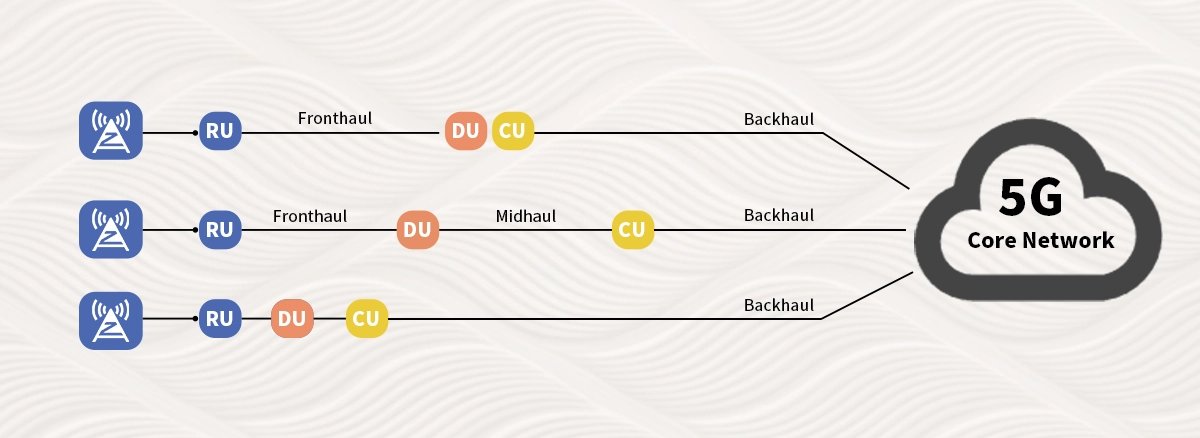
Fronthaul and backhaul do different jobs in 5G networks. Fronthaul links baseband units (BBUs) to remote radio heads (RRHs). This link often uses optical tech like TWDM-PON or point-to-point fiber. Fronthaul must be very fast and handle lots of data because it is the front part of the network.
Backhaul links BBUs to the main network. It often uses microwave or fiber and carries traffic from many users. Backhaul has different needs for speed and delay than fronthaul. Backhaul is about moving lots of data to the main network.
Studies show fronthaul needs careful planning for where to put equipment and fiber to save money and keep delays low. Fiber fronthaul is cheaper in busy areas. Backhaul depends on what is already built. Fronthaul may need hundreds of Gbps, but backhaul usually handles less, though it must be strong and able to grow.
To sum up, fronthaul links radio gear at the edge to central units, while backhaul links these units to the main network. Both are needed, but each has its own technical and setup problems.
♦ 5G Backhaul Infrastructure
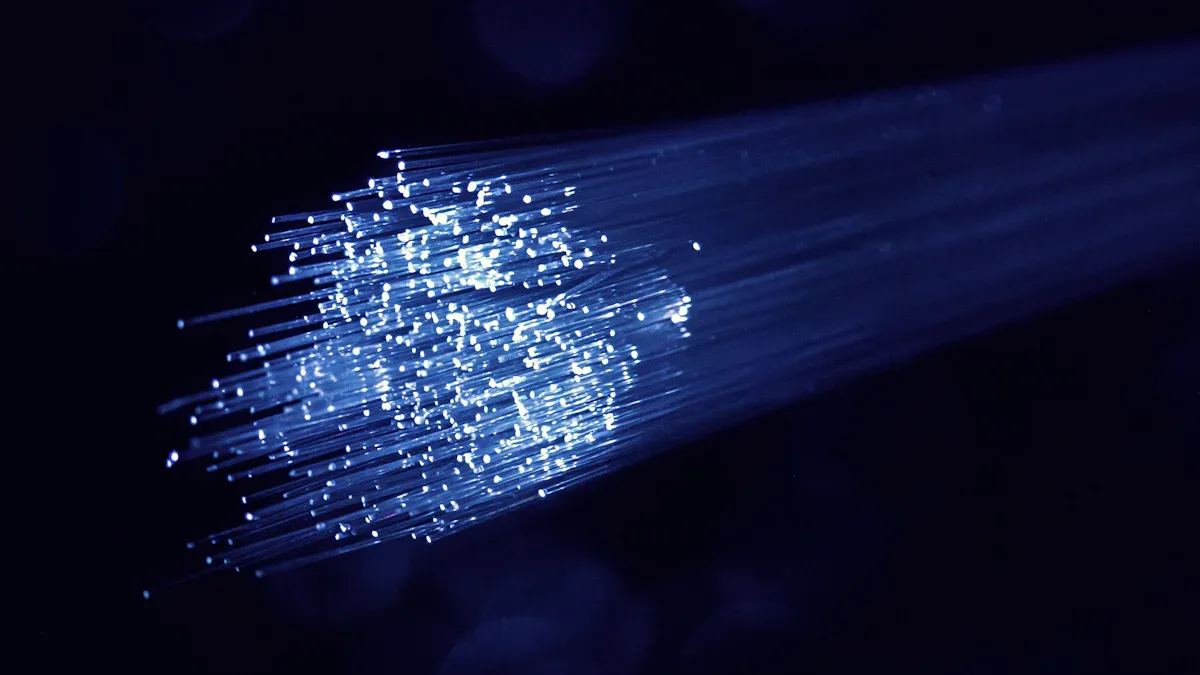
Fiber Optic
Fiber optic technology is a big part of 5G backhaul. Fiber cables use light to move data very fast and far. This helps connect many small cells needed for 5G. Fiber optic backhaul has many good points:
It sends data fast with no loss, even across cities.
It has low latency, which helps things like self-driving cars.
It has almost endless bandwidth, so it works for new tech.
It saves energy and lasts long, so it needs less fixing.
It gives strong and safe connections for remote work and cloud.
Many cities and safety groups now use fiber optic backhaul. For example, Rockford saved a lot of money by using fiber. San Mateo County Fire Agencies made their network stronger and bigger. Fiber optics help stop slowdowns and support lots of users. This makes them very important for 5G backhaul.
5G Wireless Backhaul
5G wireless backhaul uses radio waves, like microwave and millimeter wave, to link cell sites when fiber is not there. This kind of backhaul is flexible and quick to set up. 5G wireless backhaul is used in the country or where fiber is hard to put in. It helps networks grow fast and lets companies handle more data.
Hybrid Solutions
Hybrid solutions mix fiber optic and 5G wireless backhaul to make a strong and flexible network. These systems use fiber when they can and wireless for places that are hard to reach.
♦ Performance and Requirements
Capacity
5G networks need strong backhaul to handle fast data and many users. LINK-PP's expert says mid-band and high-band spectrum make this need bigger. Mid-band is growing in many places, so backhaul demand is rising. High-band is used more in cities, where people use more data. The amount of capacity needed depends on the area, the company, and what spectrum is there. LINK-PP Group thinks 5G backhaul equipment revenue will grow 12% each year from 2024 to 2028. Fiber links will be used more, but wireless backhaul will still be important where microwave is needed. E/V Band systems are also growing fast to help with bigger data needs. These changes mean 5G backhaul must move more data every year.
Important things to check for 5G backhaul are throughput in Gbps, packet loss, and signal-to-noise ratio. Operators use real-time checks and smart tools to plan for growth and stop slowdowns.
Latency
Low latency is very important for 5G backhaul. New things like self-driving cars and factory robots need quick response times. The table below shows latency goals for different uses:
Use Case / Technology | Latency Requirement / Target |
|---|---|
Autonomous Mobile Robots (AMRs) / Automated Guided Vehicles (AGVs) | Sub-20ms response time |
Process Control Loops | 10ms or less |
Cisco Ultra-Reliable Wireless Backhaul (URWB) | Under 5ms |
Voice over IP (VoIP) | Up to 150ms |
Collaboration Apps (Webex, Teams, AR/VR) | Sub-50ms |
Most important 5G uses need latency under 10ms. This low latency helps real-time control and smooth user experiences.
Reliability
Reliability is also a big part of 5G backhaul. Fiber optic backhaul is very reliable and does not get much interference. Wireless backhaul, like microwave or millimeter wave, can have trouble with weather or power loss. Operators use things like adaptive coding, backup links, and multi-path links to keep networks working. Real-time checks help find problems early. The table below compares fiber and wireless backhaul:
Aspect | Fiber Optic Backhaul | Wireless Backhaul (Microwave, mmWave) |
|---|---|---|
Capacity | Very high bandwidth | Lower bandwidth |
Reliability | Highly reliable | Susceptible to weather |
Deployment Cost | High | Lower |
Scalability | Excellent | Limited |
Deployment Speed | Slower | Faster |
Suitability | Urban, dense areas | Rural, remote areas |
A reliable 5G backhaul gives users fast and steady connections for all services.
♦ Challenges and Solutions
Security
5G backhaul has many security risks. Hackers might attack weak spots in wireless backhaul links. They could steal data or stop services from working. Operators use strong encryption and firewalls to keep data safe. These tools protect data as it moves between cell sites and the main network. Operators also update systems and check for new threats often. Companies teach workers how to find and report problems. All these steps help keep the backhaul safe and working well for everyone.
Scalability
Scalability is a big problem for 5G backhaul. More people and devices mean more network traffic. A study found SDN-based network slicing with Kubernetes helps networks grow. This method uses cloud-native network functions as small services in containers. Kubernetes can make these services bigger or smaller when needed. The study showed CPU and memory use stays steady, even with more traffic. It also helps manage different 5G traffic types, like IoT and mobile broadband. This way, operators can handle more users and devices without slowing down the network.
Note: Scalable backhaul keeps networks fast and stable as more people use them.
Cost
Operators must think about cost and performance for 5G backhaul. Different technologies have different prices and benefits:
Fiber-based backhaul costs more to put in but gives high capacity for the future.
Wireless backhaul, like microwave, is cheaper and faster to set up but may not work for future needs.
Copper backhaul is the cheapest but cannot handle lots of data.
Using old copper lines in buildings can save money for indoor small cells.
Fiber gives better value as more small cells are added, even if it costs more at first.
Wireless backhaul costs less at first, but fiber is better for long-term growth.
Operators who own fiber networks save money compared to those who rent or build new lines.
Total cost of ownership models show picking the right backhaul technology is important for 5G success.
Careful planning helps operators choose the best mix of fiber and wireless backhaul to meet both budget and performance needs.
♦ LINK-PP: Powering Next-Generation 5G Optical Backhaul
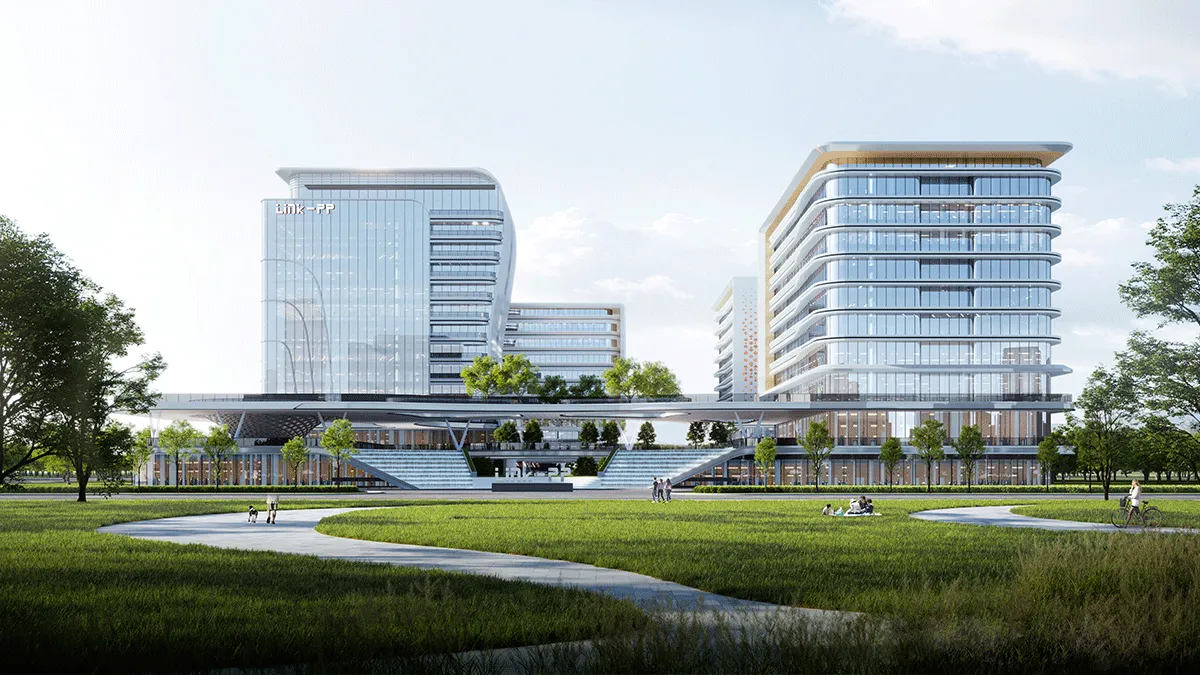
Meeting the stringent demands of 5G backhaul requires high-performance, reliable, and cost-effective optical transceiver solutions. LINK-PP specializes in cutting-edge optical transceivers for 5G networks, designed explicitly for the challenges of mobile infrastructure.
Why Choose LINK-PP Optical Transceivers for Your 5G Backhaul?
Comprehensive Portfolio: Offering a wide range of form factors and speeds (SFP28 25G, QSFP28 100G, QSFP-DD 400G) tailored for different segments of the 5G backhaul network, from small cell fronthaul to high-capacity aggregation.
Optimized for Harsh Environments: Our modules undergo rigorous testing to ensure stable operation across the extreme temperature ranges (-40°C to +85°C) common in outdoor telecom cabinets, a critical factor for reliable 5G connectivity.
Low Power Consumption: Engineered for efficiency to reduce operational expenditure and ease power constraints at cell sites, supporting sustainable 5G deployment.
Carrier-Grade Reliability: Built to meet stringent telecom standards for performance and longevity, minimizing downtime and ensuring network availability.
Cost-Effective Solutions: Delivering high performance without compromising on value, essential for large-scale 5G network rollout.
Key LINK-PP Transceiver Models for 5G Backhaul:
Small Cell / Fronthaul (Lower Capacity):
LS-SM3125-10C: Cost-effective 25G solution for spans up to 10km, ideal for small cell aggregation or shorter macro cell links. Enables efficient small cell backhaul.
Macro Cell / Aggregation (High Capacity):
LQ-LW100-LR4C: The industry workhorse for 100G up to 10km. Perfect for high-traffic macro cell sites and aggregation nodes. A cornerstone for high-capacity 5G transport.
LQ-LW100-ER4C: Extends 100G reach up to 40km, providing flexibility for longer backhaul links without regeneration.
Future-Proofing & Core Edge (Ultra-High Capacity):
LQD-CW400-FR4C: Ready for the next wave, delivering 400G over 2km. Designed for high-density aggregation and core network edge interfaces, essential for scalable 5G infrastructure.
♦ FAQ
Q1:What is the main role of 5G backhaul?
A: 5G backhaul moves data between cell sites and the main network. It helps users get fast internet and smooth connections. Without strong backhaul, 5G networks cannot work well.
Q2: What types of technology support 5G backhaul?
A: Fiber optic cables, wireless links like microwave and millimeter wave, and hybrid systems support 5G backhaul. Each type has its own strengths for speed, cost, and coverage.
Q3: What makes 5G backhaul different from 4G backhaul?
A: 5G backhaul handles much more data than 4G. It supports lower latency and higher speeds. This helps new services like smart cities and real-time apps work better.
Q4: What challenges do operators face with 5G backhaul?
A: Operators face challenges with cost, security, and scaling the network. They must choose the right mix of fiber and wireless to meet growing data needs.
Q5: What happens if 5G backhaul is weak or fails?
A: A weak or failed backhaul causes slow speeds and dropped connections. Users may not access important services. Reliable backhaul keeps the network strong and stable.




